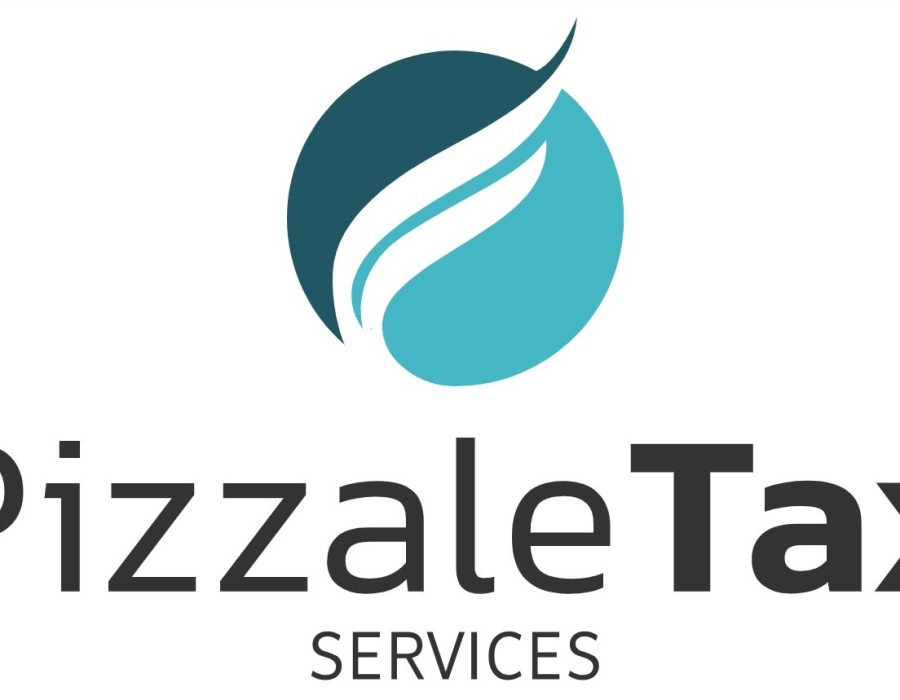Dealing with IRS debt can be a daunting experience, but understanding your options can greatly alleviate the stress. Tax debts may arise from various situations: unfiled returns, insufficient withholding, or even missed payments. Regardless of how tax debt accumulates, it is essential to take proactive steps to resolve it. This comprehensive guide will explore various methods for IRS debt resolution, providing you with the knowledge you need to regain control of your financial situation.
Understanding IRS Debt
IRS debt occurs when taxpayers owe back taxes to the Internal Revenue Service (IRS). Failing to address this debt can lead to severe consequences, including penalties, interest charges, and even IRS levies on bank accounts or wages. The IRS has a wide range of tools at its disposal to collect debts, making it crucial for taxpayers to act quickly when they find themselves in this position.
Common Options for IRS Debt Resolution
- Installment Agreements
An Installment Agreement allows taxpayers to pay off their debt in manageable monthly payments. This option is appealing for those who cannot pay their tax debt in a lump sum. To qualify, taxpayers must submit Form 9465, ensuring they stay compliant with all future tax obligations.
There are two types of Installment Agreements:
· Guaranteed Installment Agreement: Available for taxpayers owing less than $10,000, offering eligibility without financial documentation.
· Streamlined Installment Agreement: For debts of $10,001 to $50,000, allowing for more flexible terms without extensive financial disclosure.
- Offer in Compromise (OIC)
An Offer in Compromise allows taxpayers to settle their tax debt for less than the total amount owed. This option is suitable for individuals who cannot pay their full tax liability or if doing so creates financial hardship. To apply, taxpayers must complete Form 656 and submit a deposit (if required). The IRS will assess financial situations, allowing a fresh start for those truly in need.
- Currently Not Collectible (CNC) Status
For those facing financial difficulties, applying for Currently Not Collectible status can temporarily suspend IRS collection efforts. To qualify, taxpayers must demonstrate their inability to pay debts, usually by providing a complete financial statement using Form 433-F. While this status does not erase the debt, it offers temporary relief from aggressive collection actions.
- Penalty Abatement
Taxpayer penalties can significantly increase the total amount owed to the IRS. Taxpayers may request a reduction or abatement of penalties through the "First Time Penalty Abatement" policy if they have a good compliance history. The request must include valid reasons, such as serious illness or natural disasters, leading to late payments. A successful abatement can reduce the overall liability significantly.
- Bankruptcy Protection
In certain cases, especially when other resolution methods have been exhausted, bankruptcy may be an option to consider. While bankruptcy does not eliminate tax debt in most cases, it can temporarily halt collections and provide a structured way to pay off debts. Tax debts may be discharged if they meet specific criteria, such as being at least three years old, filed on time, and assessed within a certain timeframe.
Preventing Future Tax Debt
Once you have resolved your IRS debt, it is crucial to establish practices that prevent future issues:
· Keep Accurate Records: Maintain organized financial records, including income, receipts, and tax-related documents.
· Filing on Time: Always file your tax returns on time, even if you cannot pay the full amount owed.
· Effective Tax Planning: Consult with tax professionals or financial advisors to create strategies that align with your financial goals and minimize tax liabilities.
Seeking Professional Help
Navigating the intricacies of IRS debt resolution can be complex, especially for those unfamiliar with tax laws. Consulting with a tax professional, such as a certified public accountant (CPA) or an enrolled agent (EA), can provide valuable insight into the best course of action for your particular circumstances.
Conclusion
IRS debt resolution is a critical topic for many taxpayers, but understanding the options available can make it seem less intimidating. From Installment Agreements to Offer in Compromise, proactive approaches are key to regaining financial stability. Remember, taking the first step toward addressing tax debt can pave the way for a brighter financial future. If you find yourself overwhelmed, don’t hesitate to seek guidance from a qualified tax professional to help you navigate the process.
https://spurstartup.mn.co/posts/63860974?utm_source=manual
https://writeupcafe.com/navigating-state-tax-representation-in-the-usa/





Comments